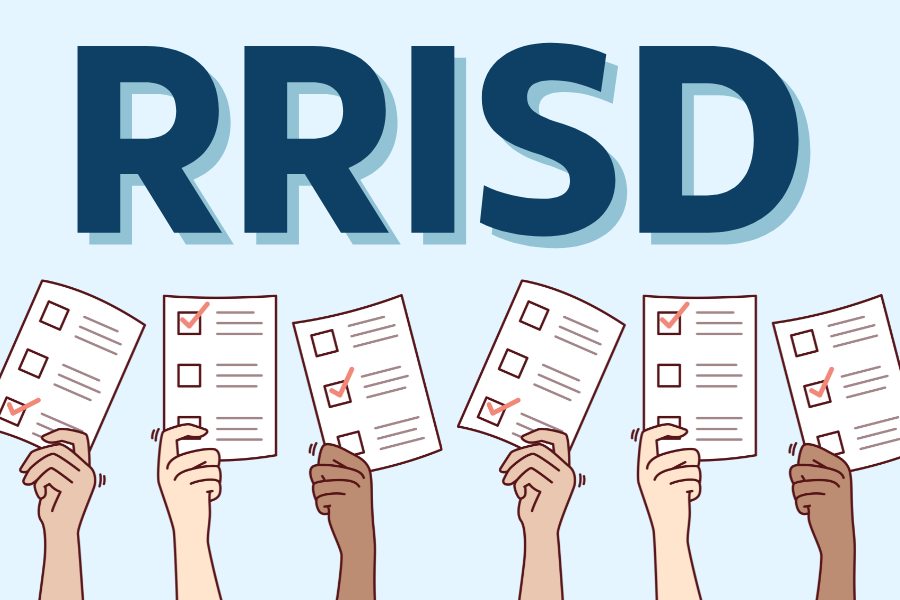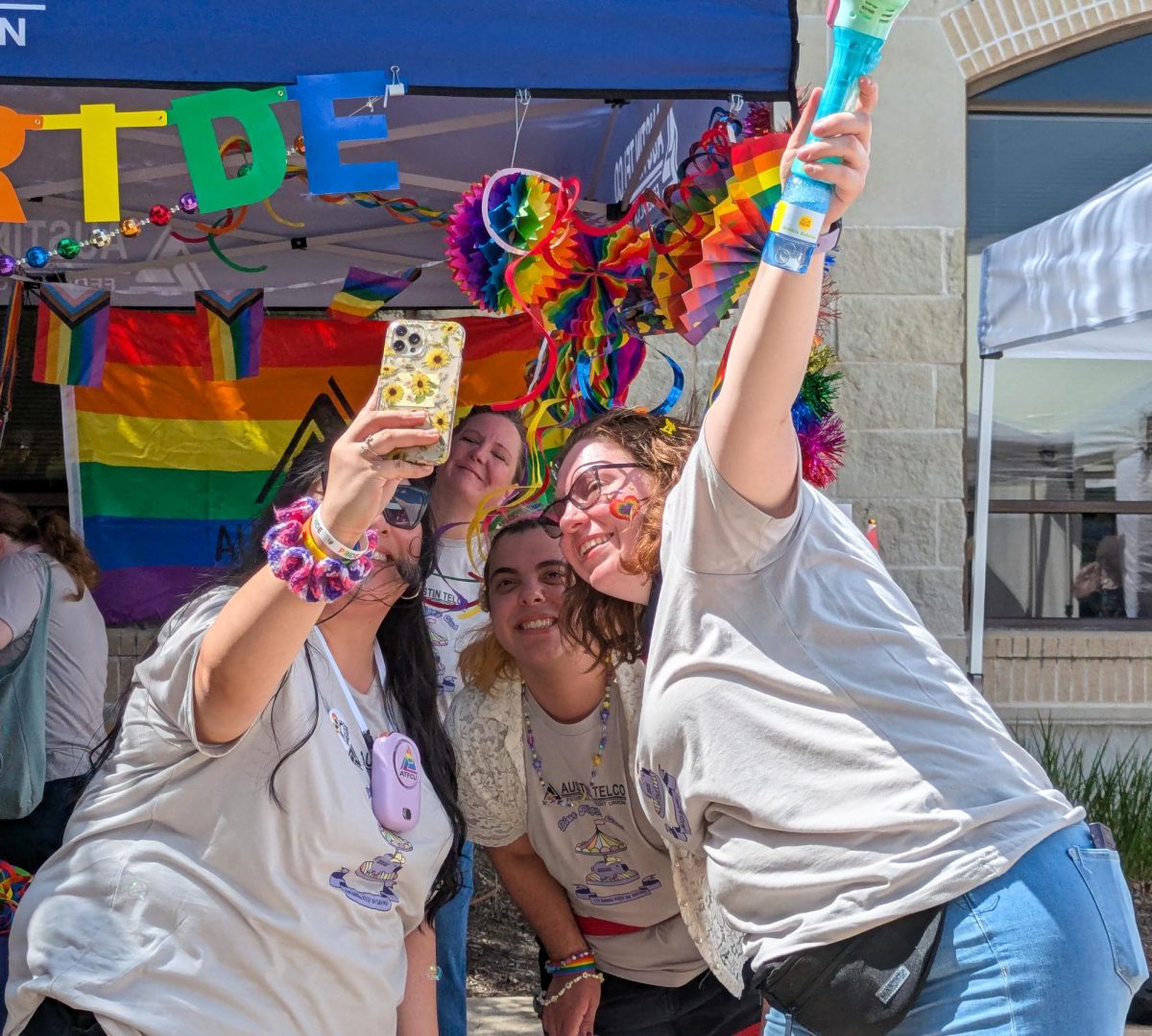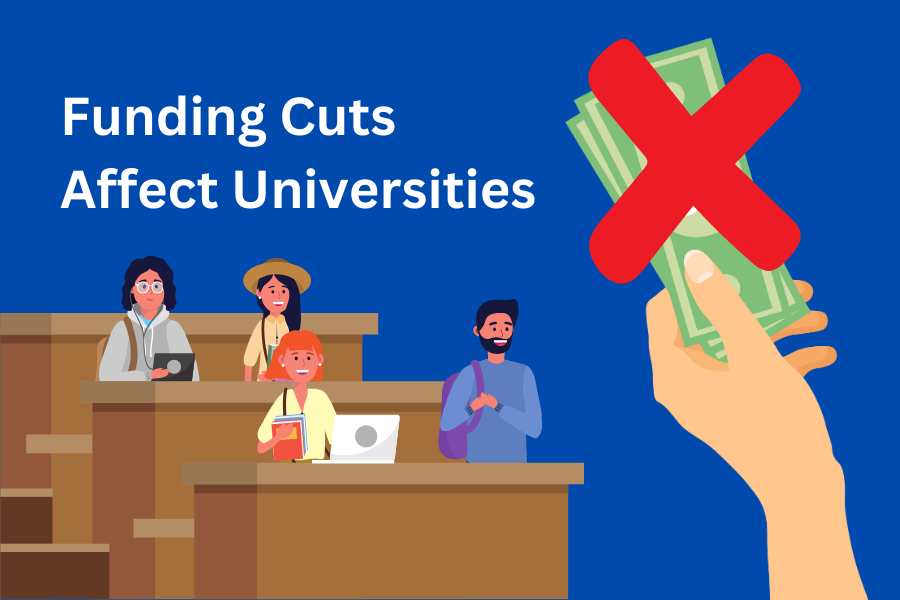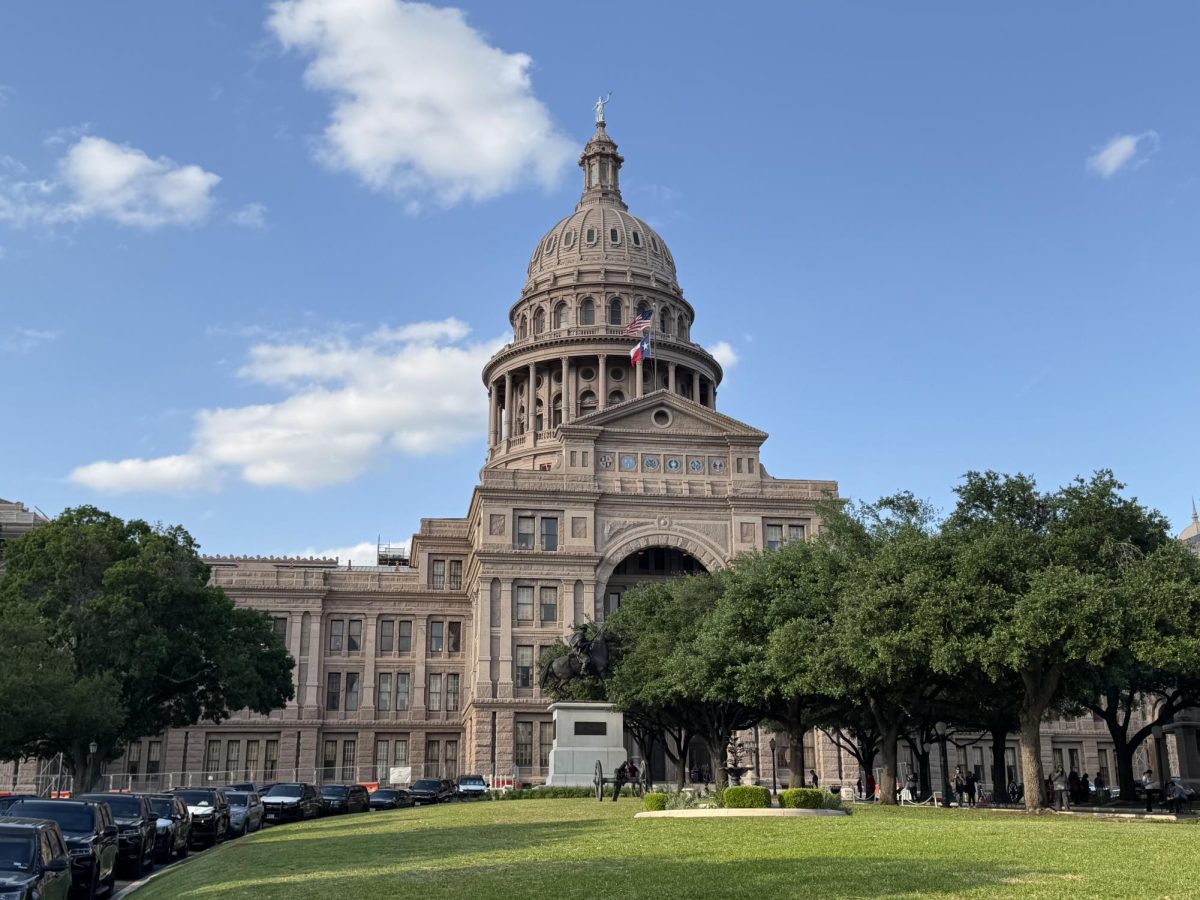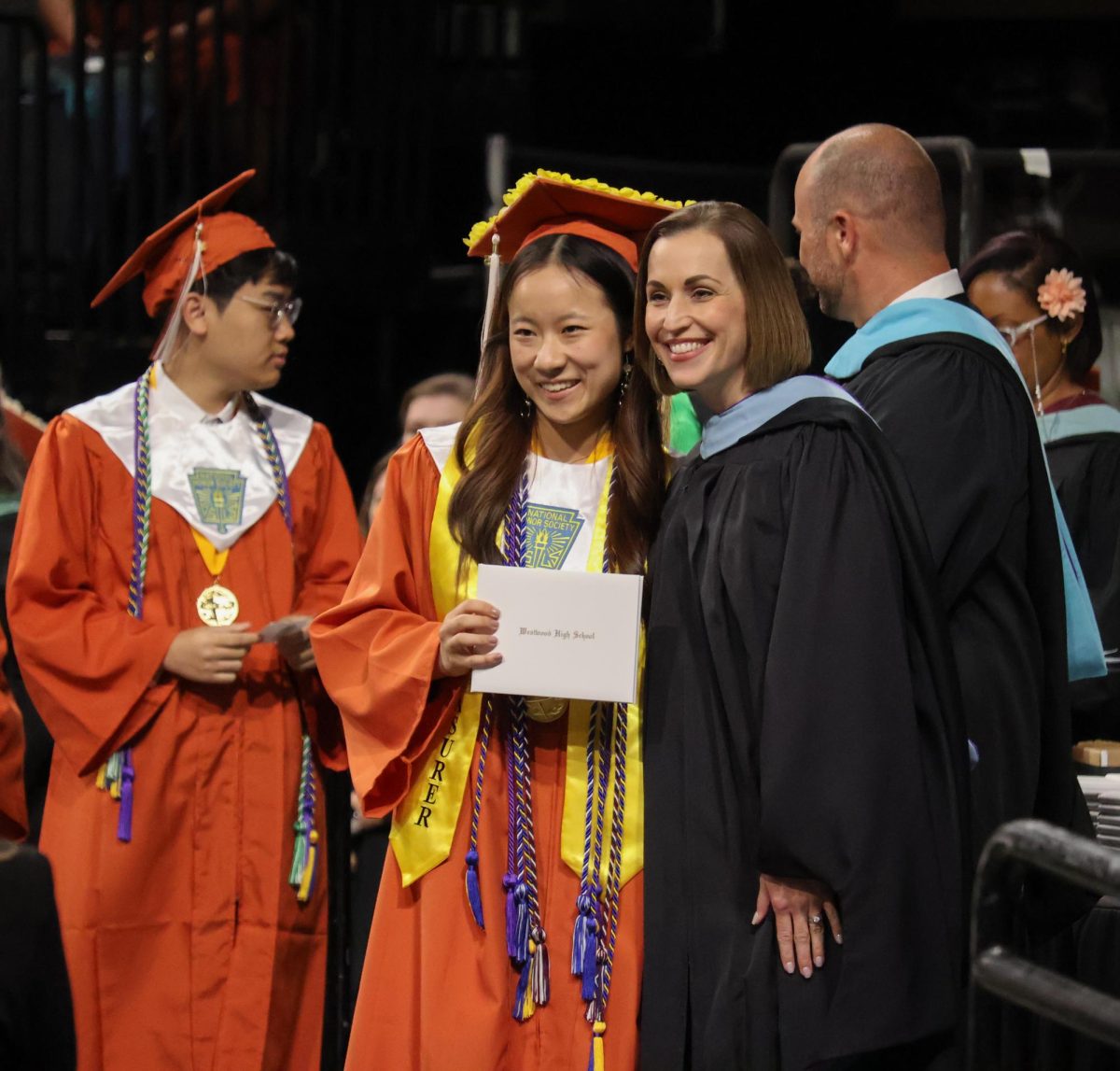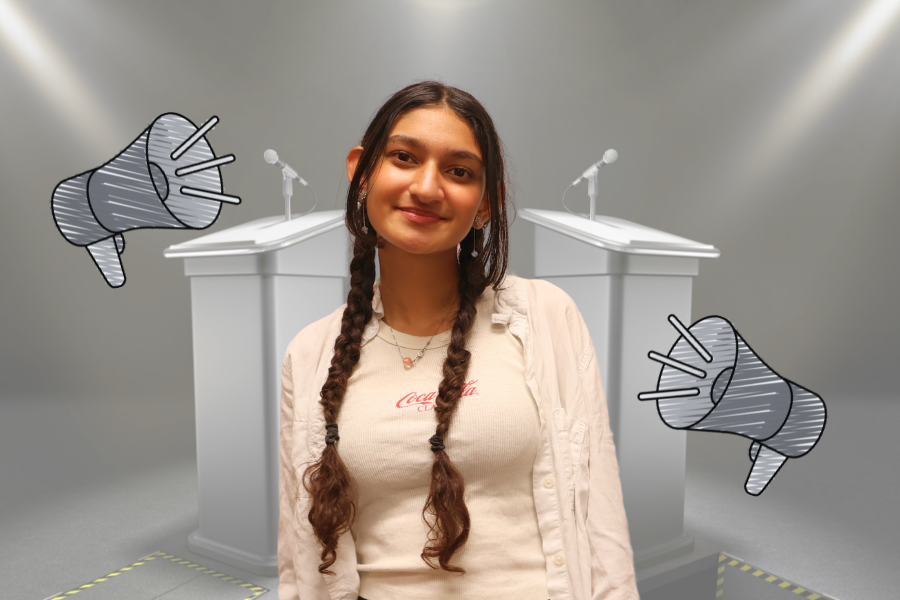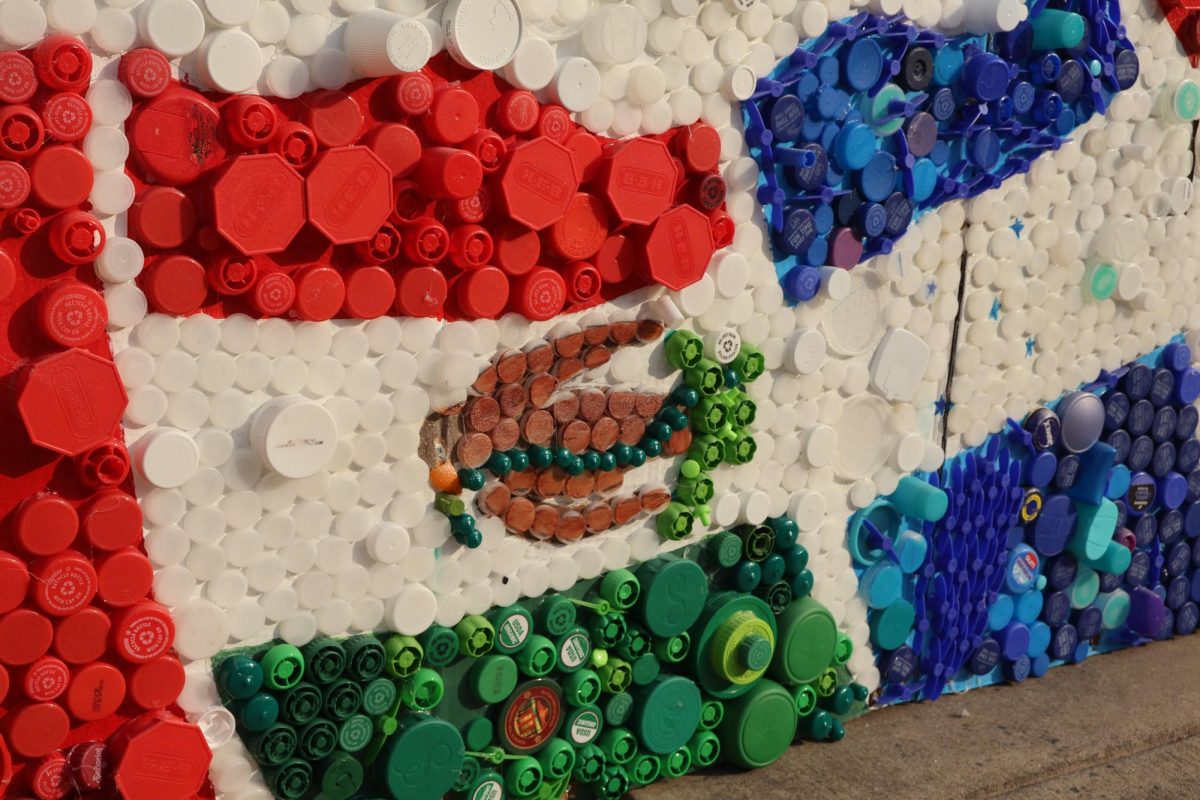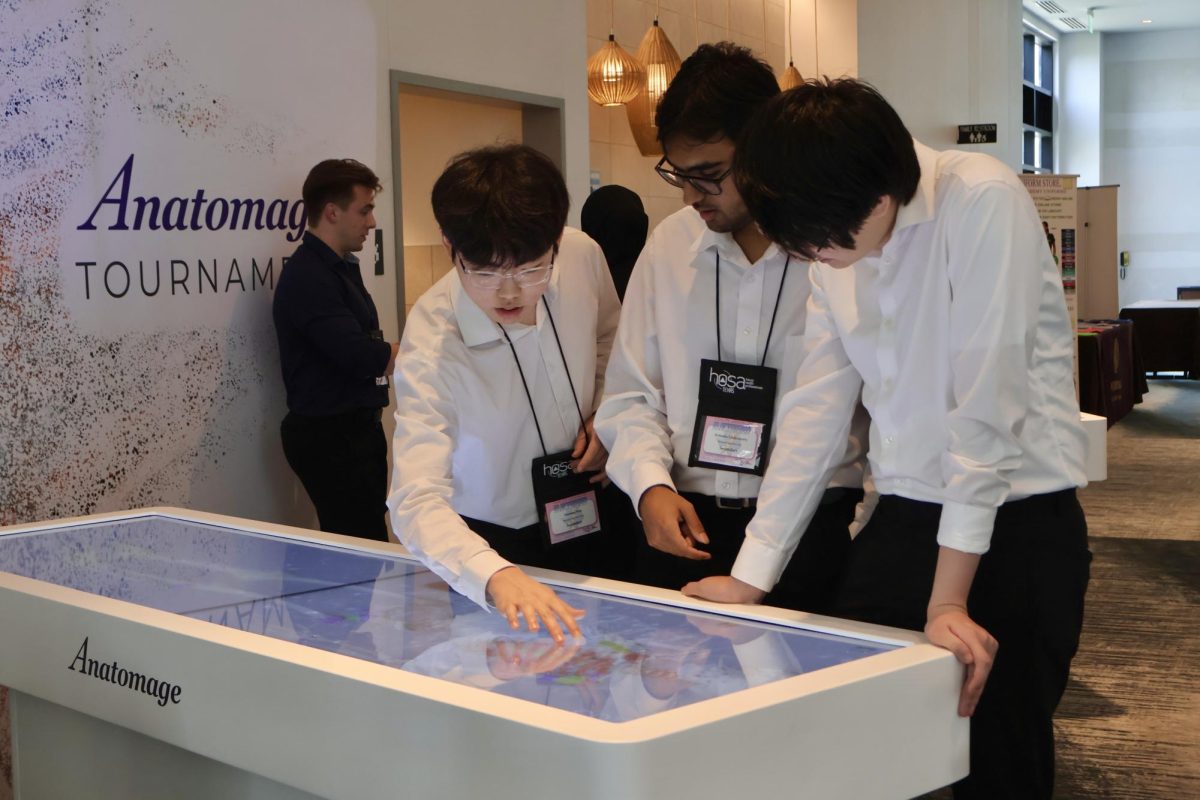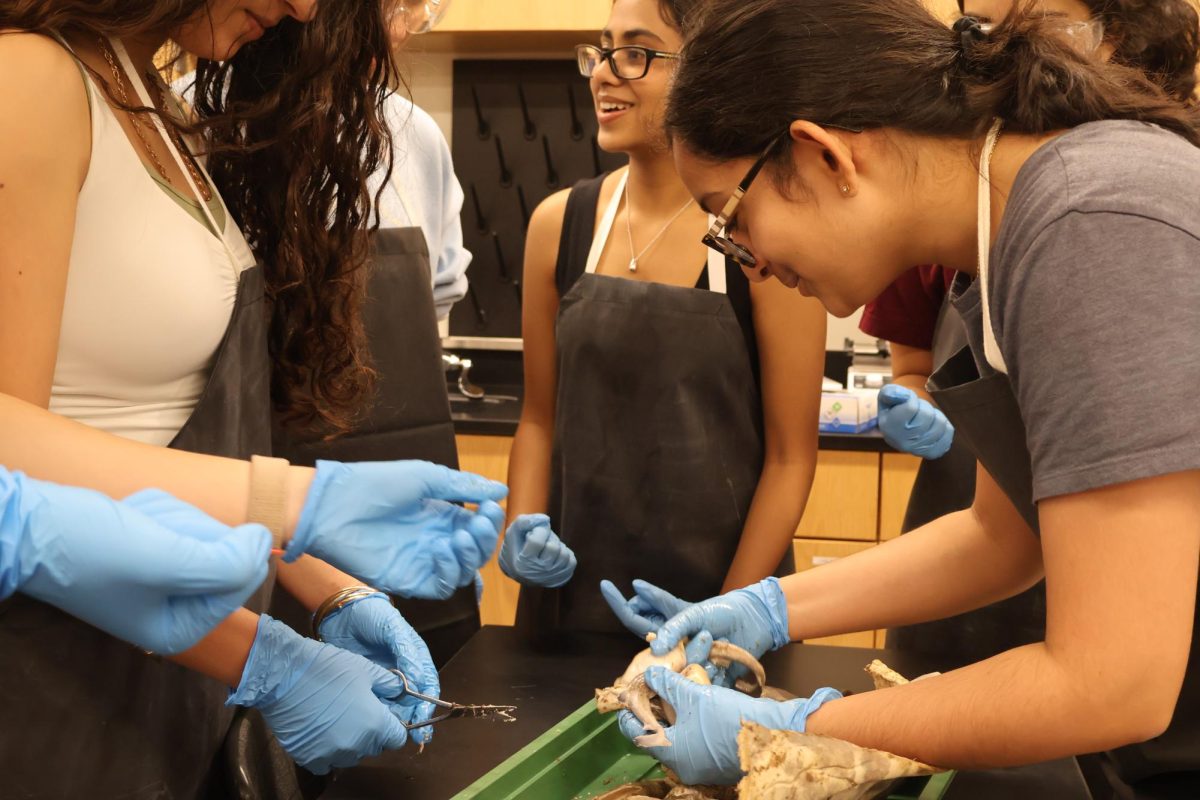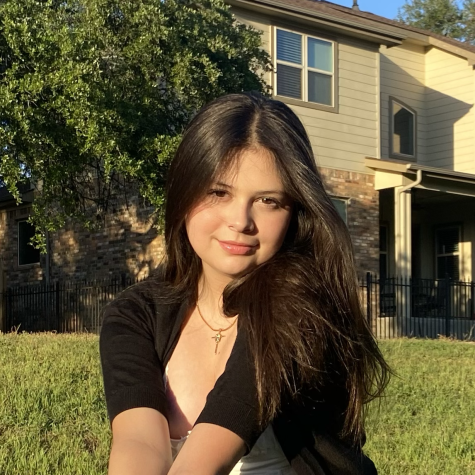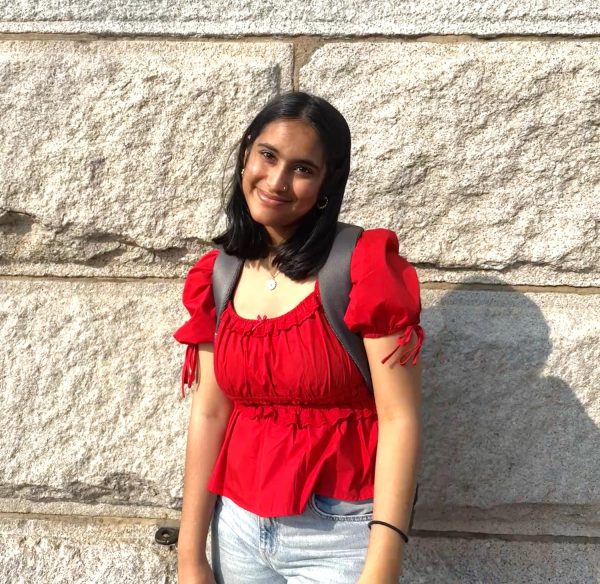In the spirit of the upcoming national elections, the Round Rock Independent School District (RRISD) will also be conducting their own district-wide election this season, with early voting beginning on Monday, Oct. 21. Voting for a $998 million bond election on Thursday, Aug. 15, RRISD trustees campaigned for the election itself by highlighting that the bond would finance highly-needed and overdue improvements for the district. Specifically, this would include upgrading instructional technology, renovating infrastructure, and allowing for better resources catered towards fine arts programs, athletic facilities, and more. The petition was accepted, by a vote of five to two, and four propositions were added to the ballot. The propositions outlined the distinct and definite ways the larger bond would be used, and how much money each chunk of the bond would be supplied with.
As signs appear on front lawns, as well as at the front of the school, students are left with a sense of questioning regarding how exactly these propositions affect them. While the propositions aim to benefit students, leaving the students who can vote feeling satisfied that their votes are finally being heard, the election may also induce controversial feelings for the students who cannot, possibly leaving them with a sense of powerlessness.
“I’m so happy to be able to vote because I feel like our incoming generation of voters will be more in-tune with what the school, and the country, needs [in order] to be prepared for the future,” Elena Francis ‘25 said.
While the bond adheres to all campuses and buildings in the district, the propositions include specific, and varied, plans for each one. Each campus has different needs, and students themselves express different opinions on how these bonds should be utilized, especially focusing on what specifically needs to change.
“In general, I think that a lot of aspects of the school need to be updated, and the districts’ money should go to a [wider range of] more productive causes,” Francis said.
While also targeting other core aspects of the academic and schooling experience, the majority of the bond money has been allocated to Proposition A, encompassing a wide spectrum of infrastructure upgrades and building renovations. Ranging from air conditioning fixes and paint jobs to purchasing new school buses and constructing specialized Career and Technical Education (CTE) facilities, Proposition A calls for a total of $798.3 million dollars to district-wide and campus-specific projects.
“I think Proposition A covers extremely important environmental factors to the experience a student gets when attending school,” Lahari Gadi ‘26 said. “No one wants to go to school where the sinks are flooded, the AC is either too hot or too cold, and where toilet water splashes up out of the uncovered drains.”
In an effort to respond to one of the most outspoken and widespread issues in the district, the ballot also includes Proposition B, including an upgrade to all facets of instructional technology and infrastructure in order to cater to the vastly diverse needs of various courses and learning methodologies. The proposition also aims to enhance the district network by improving its core foundations of connectivity, reliability, speed, and security.
“Sometimes my Wi-Fi just won’t load, and I can’t access the school assignments, and even worse the dino game has been turned off by the admins so I can’t even do anything,” Pritt Changwatchai ‘28 said. “I just don’t feel like I can learn when I’m not sure that the internet can work for me. I feel like there’s a lot of times where Schoology is down, and students can’t access their Classlink [or even] Flextime Manager. By investing in this infrastructure, [I’m sure] people will be more able to do their schoolwork [more efficiently].”
The final two propositions on the ballot encompass key updates to two core facets of campus life: fine arts and athletics. Outlining highly specified goals for both the fine arts and athletics departments, the range of Propositions C and D is quite vast, but for some students, not vast enough; many have expressed the opinion that the propositions are failing to cater to the needs of the entire, diverse student body — much of which may not fall under the fine arts or athletics categories.
“For the students in those programs, I think it’s a good idea for them to be able to have improved facilities and equipment because they really are a core part of the Westwood community,” Gadi said. “But what about the students who aren’t in those programs? The ones who aren’t involved in band, orchestra, or football, and solely focus on their academics or after-school clubs. I think it’s important to appropriately distribute money to all student programs and facilities without leaving others out. Any type of learning is important, and the things or environment a student learns in, whether that be band or dance or chemistry, are vital to every student’s learning and growth.”
As candidates gear up to enter the hustle and bustle of election-time campaigning, and voters begin to assess their options, for many members of the community, the election is proving to be a pivotal cornerstone for discussion surrounding many impending improvements to the educational facilities in the district. Whether the respective propositions pan out or not, many students are happy to know that the grievances they often express regarding the infrastructure or resources surrounding them are being acknowledged and debated upon.
“I honestly do hope that these propositions will go through,” Avishka Boina ‘26 said. “But really, no matter the result, I’m glad that many of the issues that we as students often notice, that we feel typically go underlooked by others, are finally being acknowledged by the larger community — and, most importantly, there could actually be actions taken in response to them.”

